Windows 10 S Mode vs Home: Find Which Works Best
Check our detailed comparison to make an informed decision
4 min. read
Updated on
Read our disclosure page to find out how can you help Windows Report sustain the editorial team. Read more
Key notes
- When it comes to Windows 10, Microsoft offers several editions, but two that often strike out are Windows 10 S Mode and Windows 10 Home.
- Windows 10 S mode provides a safer experience and is designed for enhanced performance.
- Windows 10 Home is a full-fledged ecosystem where users have far more control.

Microsoft recently launched Windows 10 S, a new operating system streamlined for security and performance that works exclusively with apps from the Microsoft Store, and there are some highly useful Microsoft Store apps you should get today!
Currently, Microsoft offers several versions of Windows, and choosing the right version is not as simple.
In the first part of this article, we will detail the key characteristics found in Windows 10 S. Then, we’ll compare this new OS to Windows 10 Home and list the differences between the two.
Significant Windows 10 S features you should know
Since Windows 10 S works only with Windows Store apps, your computer is protected against malware infections since Redmond verifies the integrity and security of all the apps available in the Store. Also, you get quicker startup, and users can log into Windows 10 S within minutes.
With Microsoft Edge, the default browser in Windows 10 S, offering a range of user-friendly features, the security is unmatched. Microsoft Edge offers you a fast and secure online experience, while other apps allow you to stream HD video, switch across apps, and stay productive on the go.
Windows 10 S integrates with OneDrive, allowing users to save their files to the cloud and access them on the go. So, when it comes to accessing files, comparing Windows 10 S vs Windows 10 Home yields similar results.
If you need more professional tools, you can upgrade to Windows 10 Pro for only $49. As a quick reminder, the regular price for this OS is $199.99. And switching out of Windows 10 S Mode can be seamlessly done via Settings within minutes.
Windows 10 S vs Windows 10 Home: A quick comparison
Cortana
Windows 10 S mode and Windows 10 Home offer Cortana support, so you wouldn’t be missing out on the feature when going with the latter. So, performing tasks or quick searches remains the same on both editions of the OS.
This is in line with Microsoft’s approach of providing an all-round experience to users. So when it comes to virtual assistant support, a Windows 10 S mode vs Home yields similar results.
Ability to download limited apps
As stated, Windows 10 S won’t run software installed from the desktop, basically anything from the web. This means that you can only download and install Windows Store apps.

Remember, there are a wide range of programs available on the Windows Store, so it doesn’t present a major problem to most users.
Search engine limitations
Windows 10 S users won’t be able to use a search engine other than Bing. Fortunately, you can still use Google.

If Bing is unavailable in your region, the OS will run regional search engines.
Addition management features
Windows 10 S mode also offers enhanced management features to empower device and app management and deployment. The following features are available only on Windows 10 S:
- Group Policy
- DirectAccess
- AppLocker
- Enterprise State Roaming with Azure Active Directory (separate subscription for Azure Active Directory required),
- Windows Store for Business (Available in select markets. Functionality and apps may vary by market and device)
- Assigned Access
- Managed User Experience
- Dynamic Provisioning
- Microsoft Application Virtualization (Requires either App-V Server available at no additional cost as part of Windows 10 Assessment and Deployment Kit, or System Center Configuration Manager, which is sold separately)
- Microsoft User Environment Virtualization (UE-V)
- Windows Update for Business
- Shared PC configuration
- Take a Test
Better security
As far as security is concerned, Windows 10 S brings a series of security features that are not available on Windows 10 Home:
- Windows Information Protection
- BitLocker
- Credential Guard — Requires TPM 1.2 or greater for TPM based key protection
- Device Guard — Requires UEFI 2.3.1 or greater with Trusted Boot; Virtualization Extensions such as Intel VT-x, AMD-V, and SLAT must be enabled.
Core features in Windows 10 S
Windows 10 S brings a series of core features not included in Windows 10 Home:
- Domain Join
- Azure Active Directory Domain Join, with single sign-on to cloud-hosted apps
- Enterprise Mode
- Internet Explorer (EMIE)
- Remote Desktop
- Client Hyper-V
- Windows to Go
- BranchCache
By now, we have concluded that a comparison for security between Windows 10 S Mode vs Windows 10 Home, leads to the former emerging as the clear winner. Also, Windows 10 S offers better performance due to a slightly restrictive environment.
If you still need help deciding, Microsoft has implemented a new selection system for Windows 10 on its website where users are asked a series of questions about their needs to identify better the version of Windows 10 that best suits their needs.
Also, if you are interested, read our guide detailing the differences between Windows 10 S and Windows 10 Pro.
What do you think about Windows 10 S? Are you planning to check it anytime soon? Leave your thoughts in the comments section below.


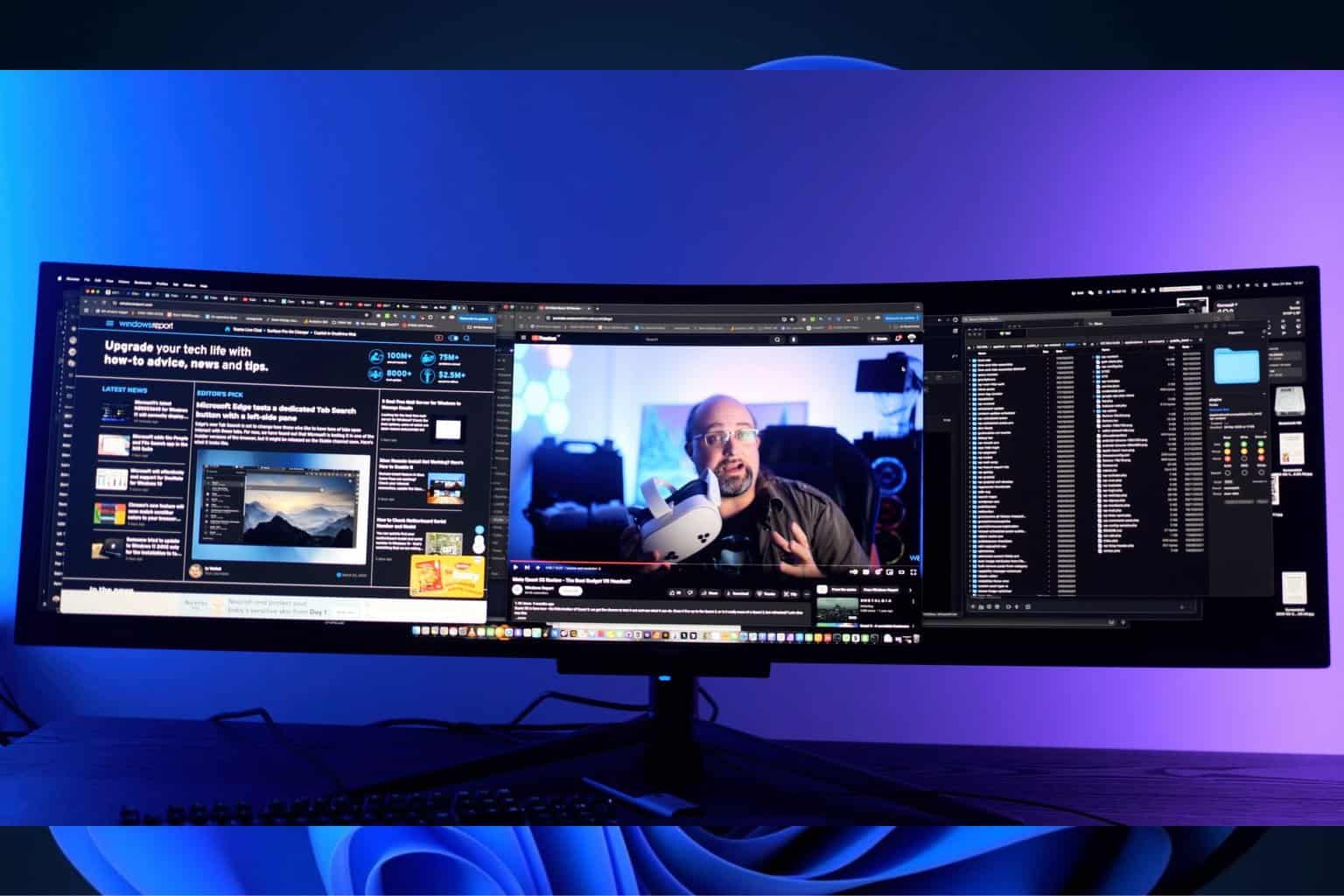
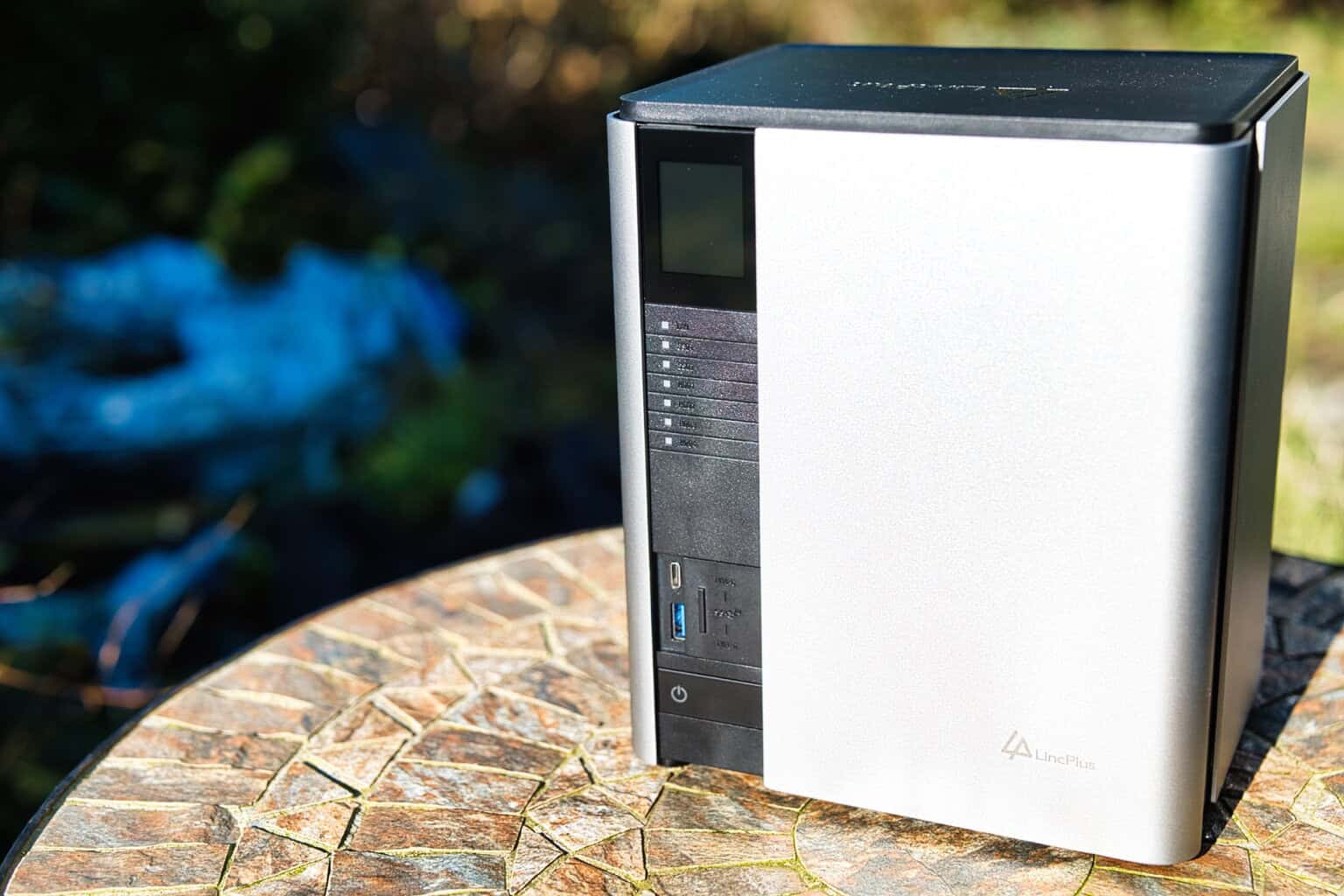
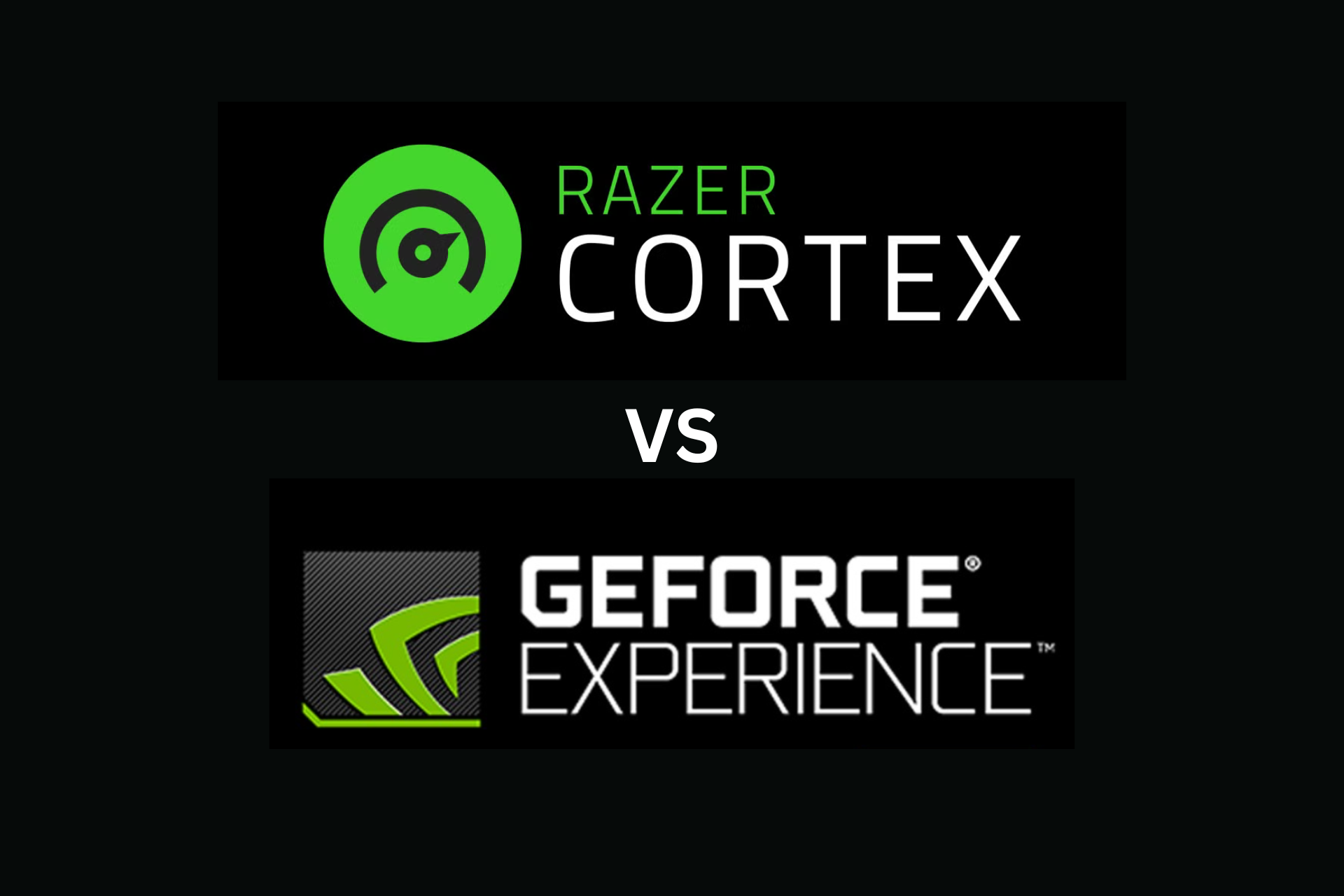
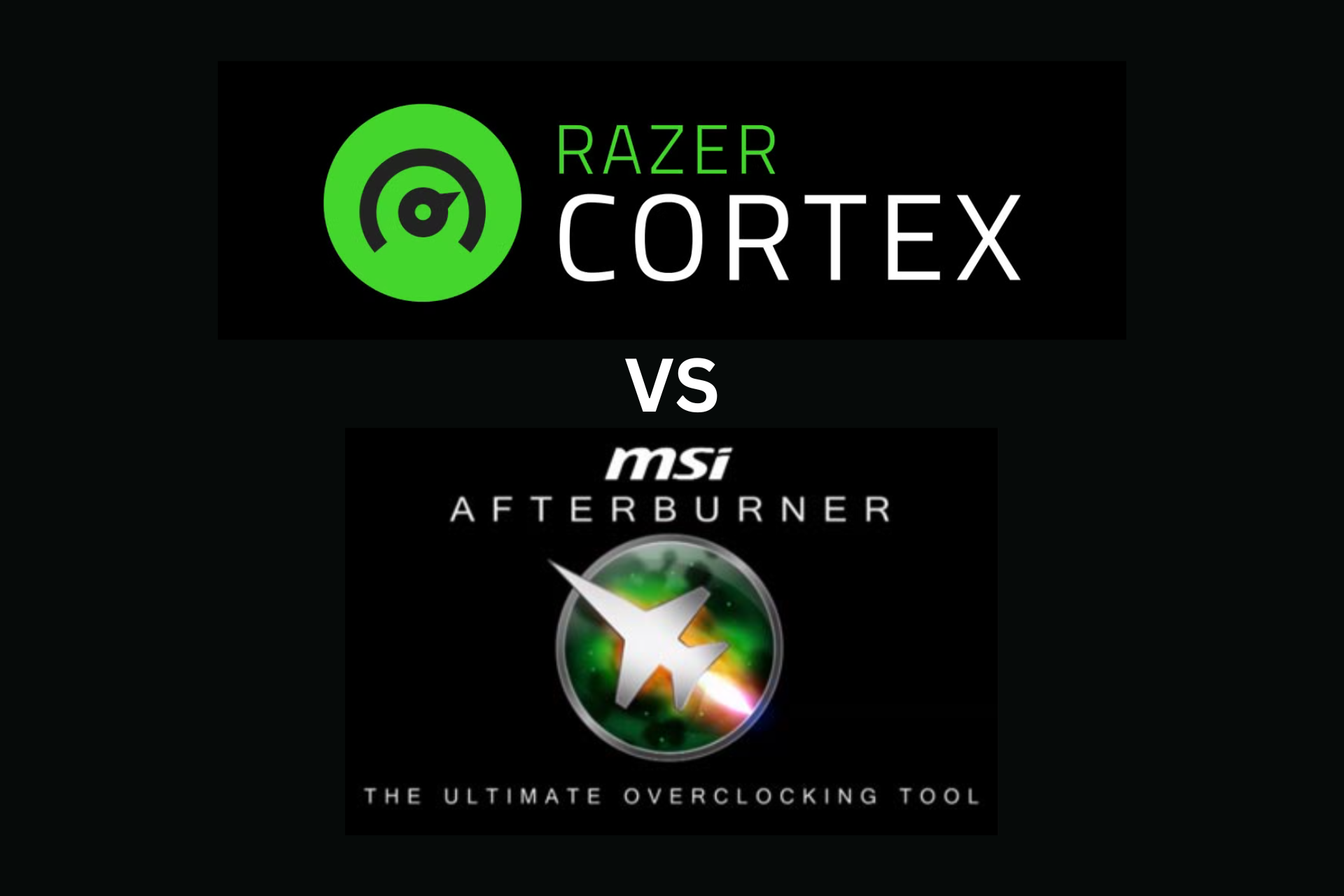
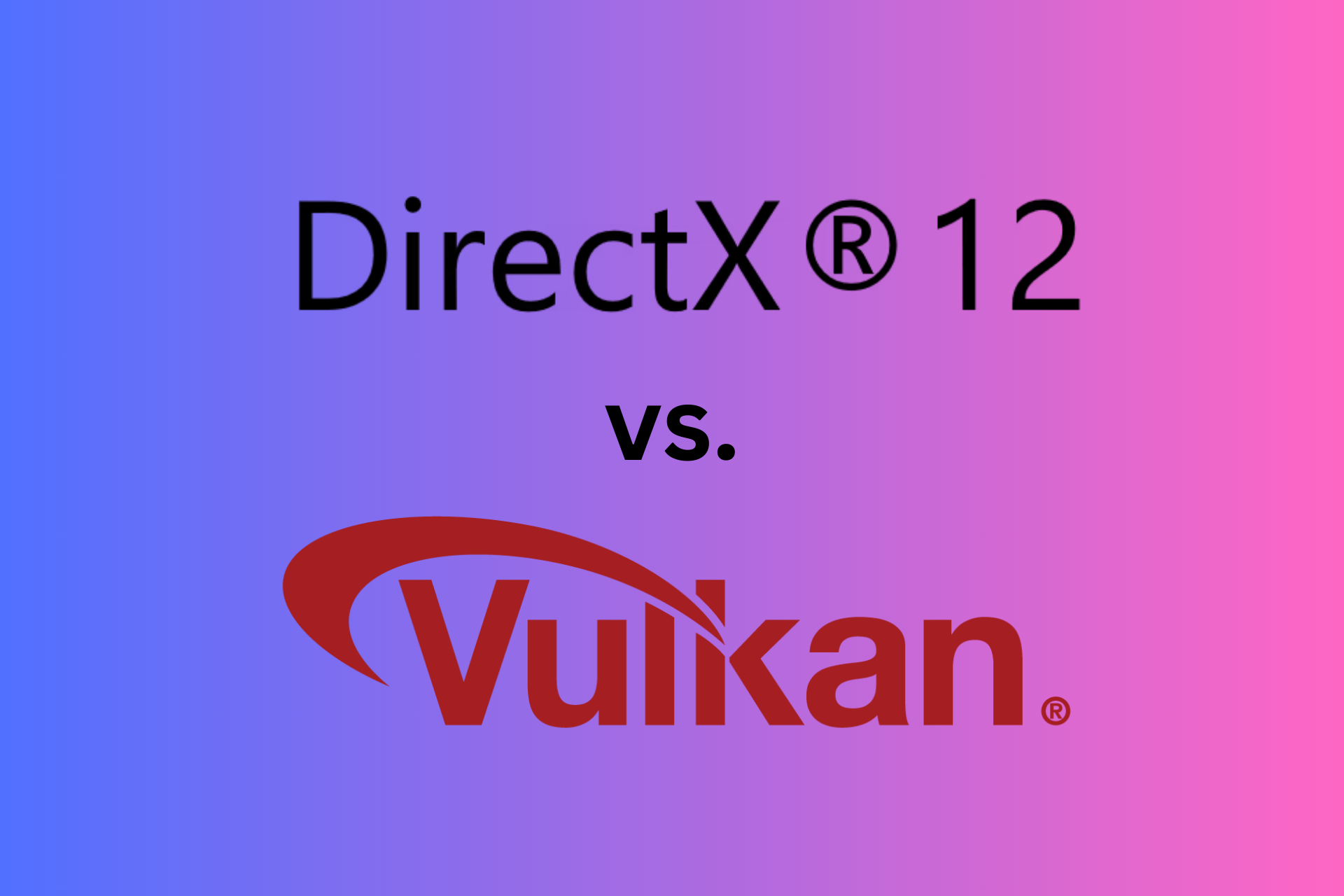
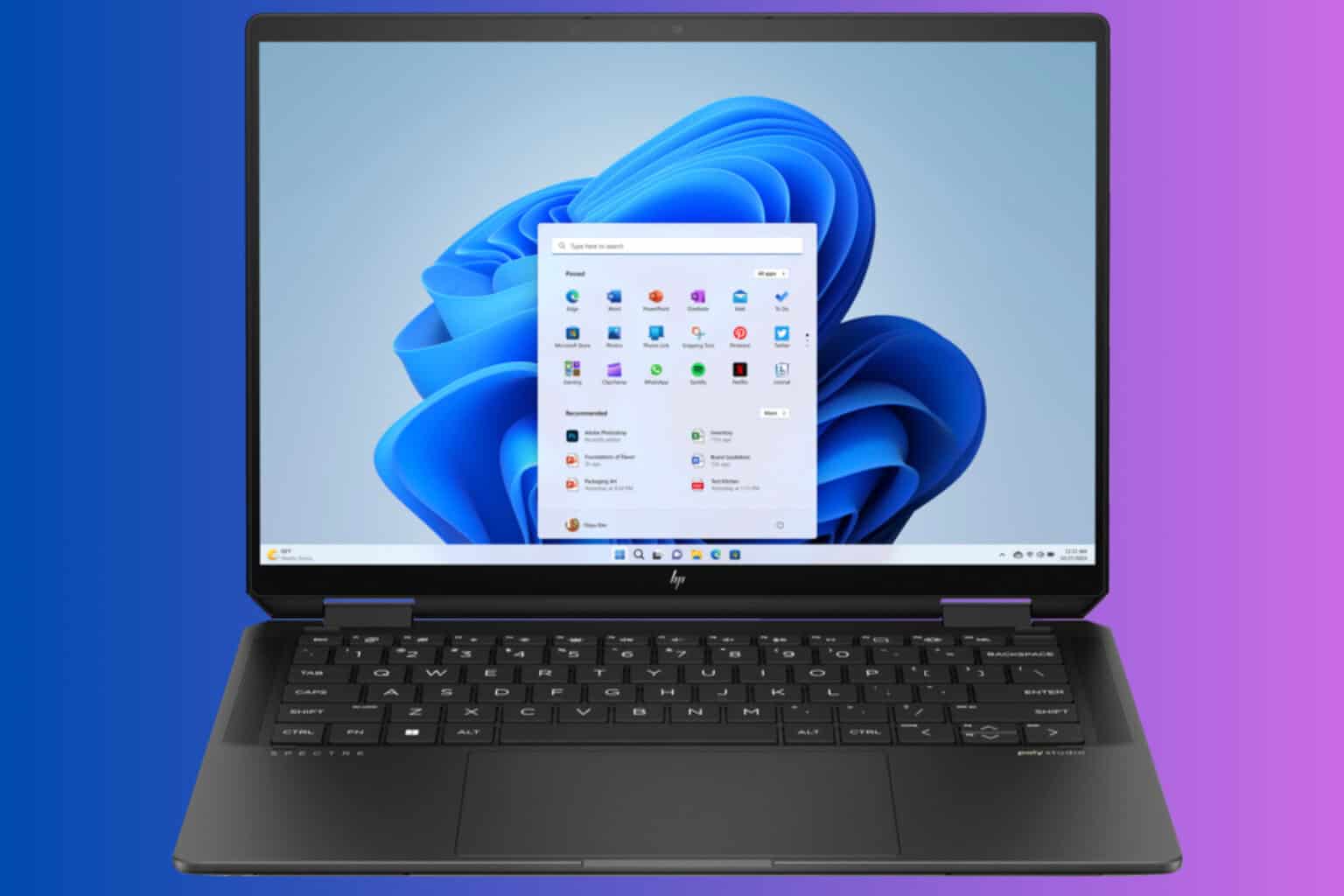
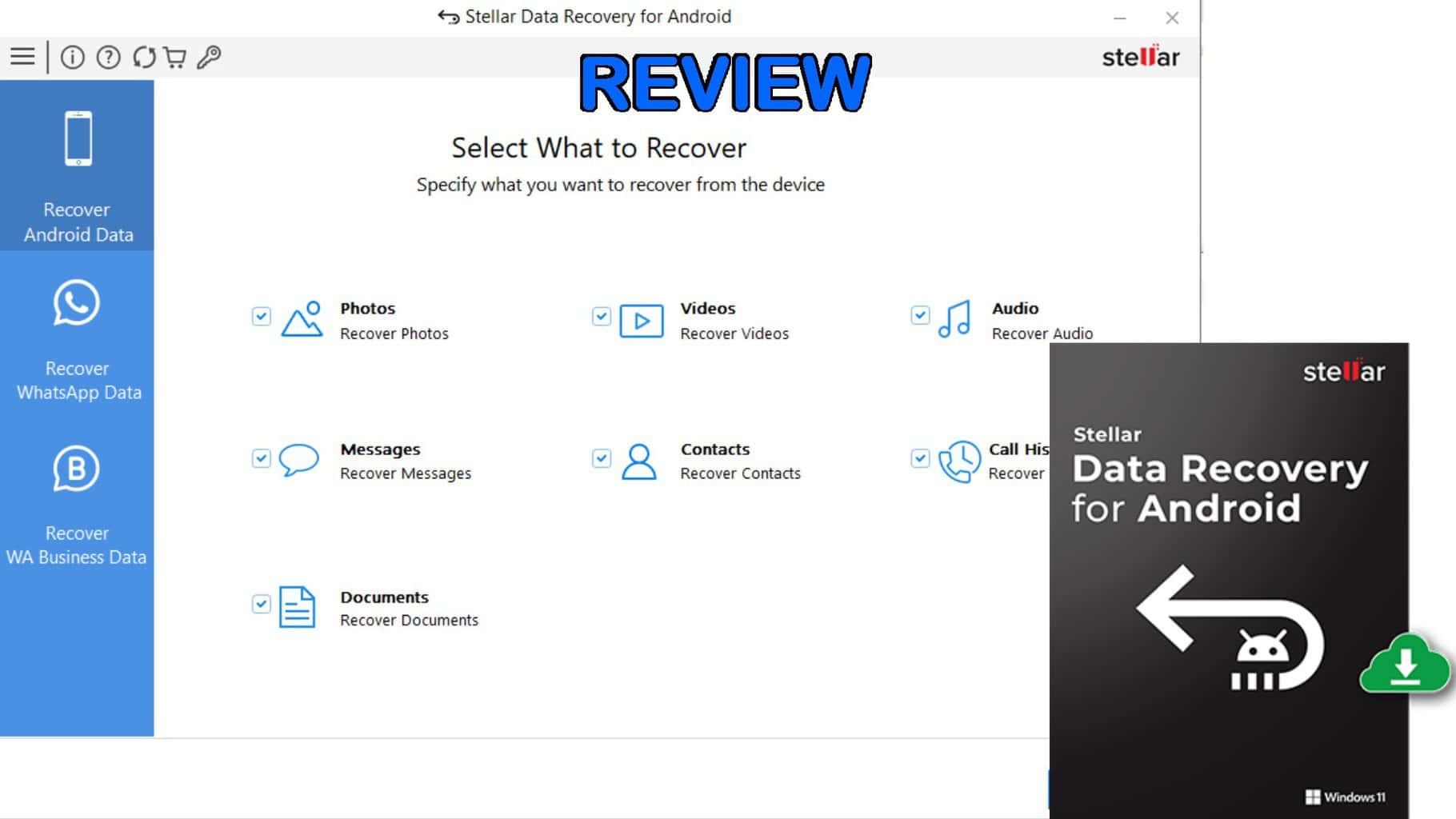

User forum
0 messages